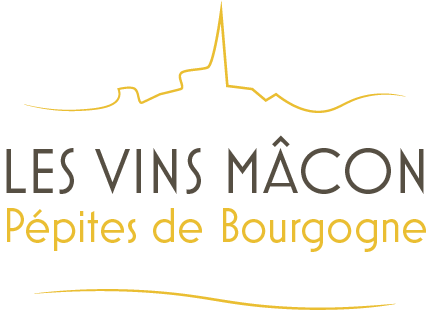Mâcon-Igé
The wines
White wines
Mâcon-Igé whites are a lovely sustained yellow color with sparkling reflections. They are expressive on the nose with aromas of mandarin zest, these fresh notes accompanied in a second phase with notes of orchard blossom and tropical fruit like figs and dates. In the mouth, the structure is very smooth, almost sweet, but with none of the heaviness that would detract from its overall balance.
Red wines
Red wines from the terroir of Igé represent the character of Mâcon reds. With an intense garnet color, deeper in sunny vintages, from first taste, they indicate lots of body marked by vanilla, cinnamon, and red fruit compote or even jam. Similarly, the tannins, which are present but well integrated, make it vigorous and indulgent in the mouth.
Colors
Production

mâcon-Igé
An additional geographical denomination that is part of the Régionale Mâcon appellation in the Mâconnais.
According to the 2005 specifications rules, the name Mâcon-Igé refers to white, red, and rosé wines grown within a defined area in the village of Igé.
Situation
To the north, the Mâcon-Igé appellation meets the Mâcon-Azé appellation, whilst its southern end meets the edge of the village of Verzé and the Mâcon-Verzé appellation. The main cooperative cellars were opened in this valley in the 1920s and 1930s.
The history of Igé is intimately linked with the hamlet of Domange, whose church of Saint-Pierre, erected in around 953 by the monks of Cluny, is the original parochial center. Close by, the Cluniacs built the house for the local incumbent, appended to the tithe barn. In the 14th century, in Igé itself, people lived around the chateau. The center of a secular seigneury, its feudal prerogatives were hard-hit on 26 July 1789 during the first popular uprising of the French Revolution in the Mâconnais. In the context of the Great Fear and the Famine Pact conspiracy theory, a number of frightened peasants, nicknamed “brigands” by the urban defense militia, plundered seigniorial barns and cellars, where high-value tithed goods like grain and grapes were kept.
Terroir
Level 1
From Igé heading south, the landscape widens out into a bowl-shaped area that extends along well-defined limits. To the west, the vines are planted facing the rising sun at between 260 and 420 meters above sea level at Mont Dain, separated from the mountain of Créaut (381m) by the valley of La Petite Mouge. The river also divides the relief to the east, planted up to 324 meters above sea level on the slopes of the hill of Thuzot (324m) and Le Bois de la Roche (393m). This location benefits from a climatic compromise between more southern weather and the coolness of the Haut-Mâconnais.
Level 2
In the alignment of the great limestone bedrock of Cruzille-Azé-Verzé, the subsoil was formed through the Middle and Upper Jurassic, between 150 and 170 million years ago. On the long, gently sloping western hillside, known as La Berthelotte, red limestone, which is perfect for growing the Gamay grape, is replaced by clay marl, and then soft, chalky limestone on the eastern side, which is steeper as it goes up to the woods and the lieu-dit of La Crâ.

